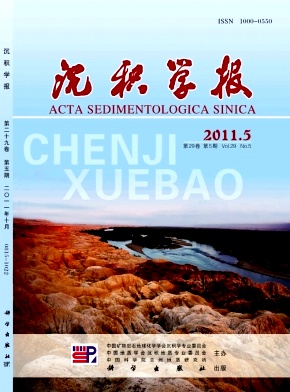Depositional Slope Break in Shallow Marine Shelf Setting and Its Control on Regional Forced Regressive Wedge Systems Tract
- Received Date: 1900-01-01
- Rev Recd Date: 1900-01-01
- Publish Date: 2011-10-10
-
Key words:
- Pearl River Mouth Basin
Abstract: During the deposition of the Miocene Zhujiang Formation, the HZ Sag in the Pearl River Mouth Basin, South China Sea, was a stably deposited shelf setting. A largescale paleoPearl River water system was developed in the western part of the study area and provided abundant terrestrial clastic deposits for the largescale Pearl River delta. A case study on sequence PSQ6 has been carried out in this paper. The depositional slope break of sequence PSQ6 is characterized by a certain developing scale of about 4 km slope width, 2060 m height difference and 80 km transverse distribution range. Depositional slope breaks were mainly developed during the ending time of the depositional period of highstand systems tract delta of underlying sequence. A regional "ditchtrough" system was formed along the area between depositional slope break and carbonate buildup in the east of prodeltaic subfacies, thus provided a favorable paleogeomorphic setting for the deposition and preservation of PSQ6 forced regressive wedge systems tract(FRWST) and furthermore controlled the development of regional forced regressive wedge in shelf environment. The forced regressive sandbodies are easily formed due to the "ditchtrough" paleogeomorphic setting in shelf environment. The prograded sandbodies directly cover the shallow marine mudstones of the underlying sequence highstand systems tract and are overlaid with the darkcolor mudstones of transgressive and highstand systems tracts, thus a favorable source reservoir caprock assemblage is formed and stratigraphiclithologic hydrocarbon accumulations usually occur in these areas.
| Citation: | LIU Hao. Depositional Slope Break in Shallow Marine Shelf Setting and Its Control on Regional Forced Regressive Wedge Systems Tract[J]. Acta Sedimentologica Sinica, 2011, 29(5): 906-916. |






 DownLoad:
DownLoad: